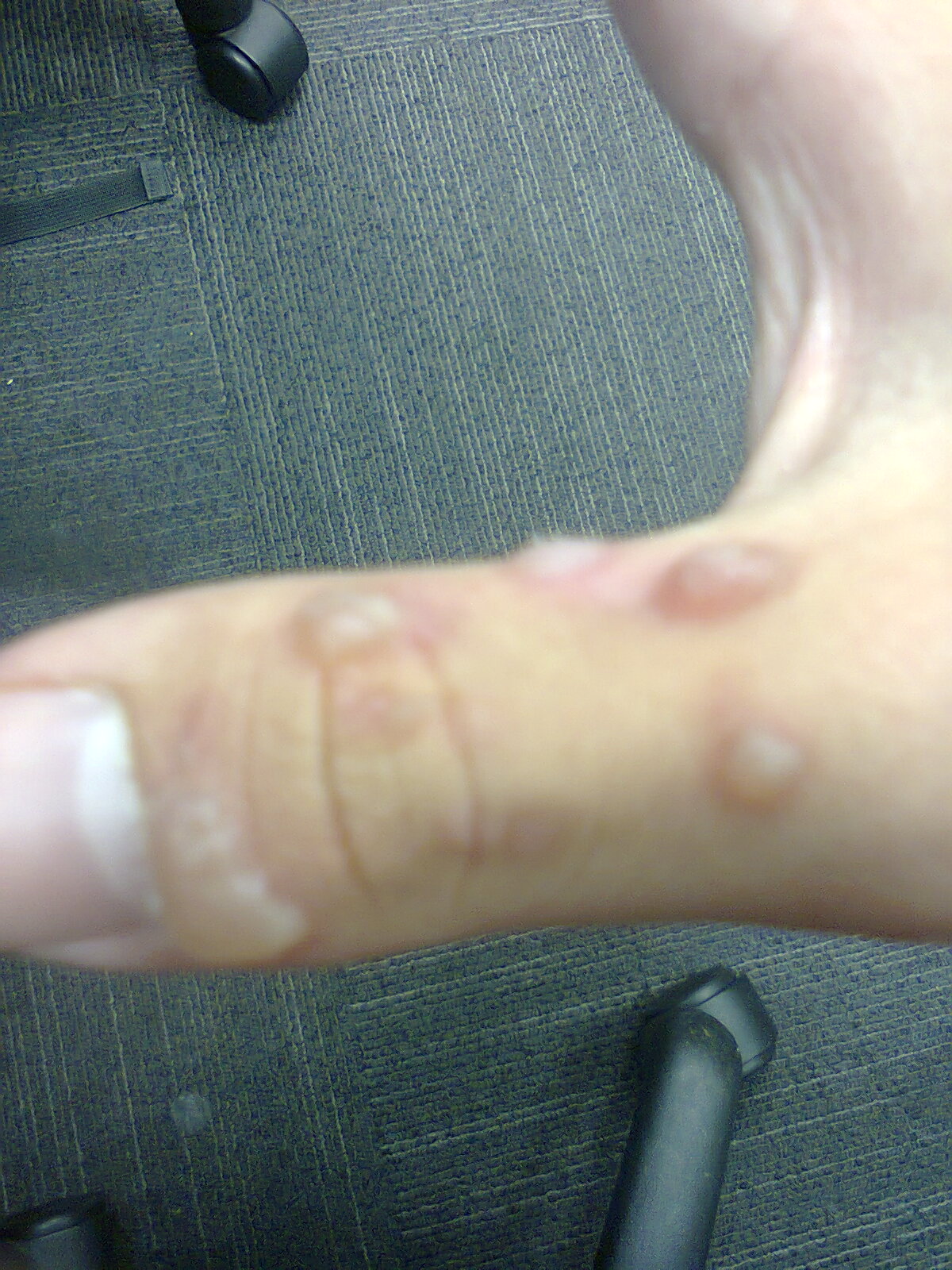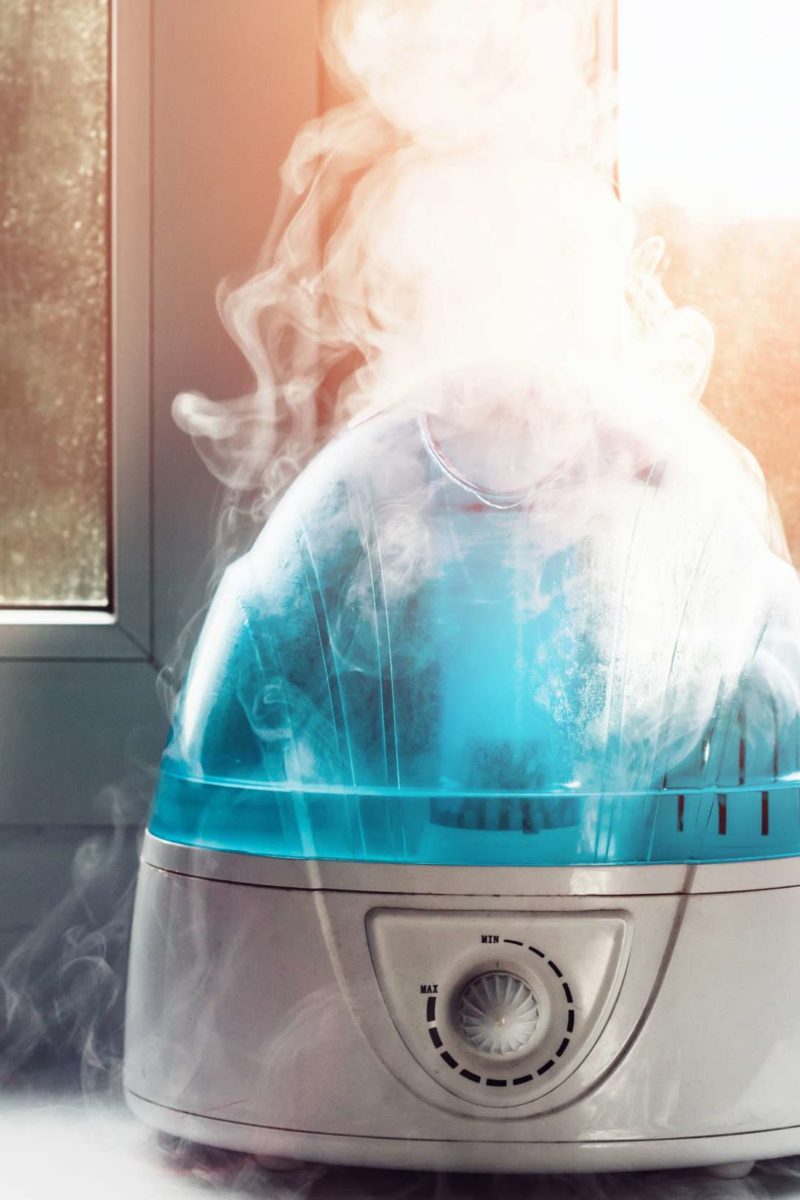Table of Content
- Best budget air purifier
- Best wall-mounted air purifier
- What if you just put a furnace filter on a box fan?
- Air-Quality Indicator
- A Stellar Deal On The Coway (40% Savings)
- Dyson Pure Cool Purifying Fan
- Tom Petty’s Oceanfront Malibu Beach Getaway Pops Up for Sale
- Home True HEPA Air Purifiers XL Large Room Air Cleaner for Allergies Smoker Pets
Our budget pick, the Levoit Core 300, is meant for smaller bedrooms or offices about 200 square feet in size. In our 2020 test, it reduced a heavy load of smoke in our 135-square-foot test space by 97.4% in half an hour on high and 92.6% on medium. Capable of 6.75 air changes per hour in a bedroom-size 150-square-foot space, it far exceeds our 4 ACH minimum. And with a typical up-front cost of $100, it’s the cheapest of our picks to buy—but it’s not especially energy efficient. That aside, it’s a compact, attractive machine, and its display-shutoff feature makes it especially suited for bedrooms.
A good air purifier will have a pre-filter to catch larger particles, an activated carbon filter to remove odors, and a HEPA filter to capture smaller allergens. The Coway AIRMEGA 400 is a 3-stage air purifier with a pre-filter, True HEPA filter, and activated carbon filter. It can remove 99.97 percent of particles as small as 0.3 microns from the air, making it great for people with allergies or asthma. The pre-filter is washable, and the True HEPA filter has a life expectancy of up to two years. The Levoit Core 600S is a 3-stage air purifier with a pre-filter, True HEPA filter, and activated carbon filter. BLUEAIR purifiers come personally recommended by Fitzgerald, who notes that they can capture super-small particles (down to 0.1 micron) thanks to a HEPA filter and a carbon filter that picks up any leftover smoke and pollutants.
Best budget air purifier
The Auto Mode monitors air quality and adjusts the fan speed accordingly to save energy. A great way to determine whether or not an air purifier can cleanse the air in your room is by looking at the clean air delivery rate or CADR. A higher CADR rating means that the air purifier can handle larger space with more square feet. MOOKA B-D02L AIR PURIFIER FOR LARGE ROOM - With the high-efficiency filtration system, the air purifier covers an area up to 860ft²(80m²). Popular because of its ability to trap and destroy mold and bacteria spores. Tiny particles of dust, dirt, pollen, dust mites, and other allergens are trapped here.
Whether you struggle with seasonal allergies, pet dander or mold, we’ve tested a number of the best air purifiers for allergies at Live Science, to help make your symptoms easier to deal with. The Rabbit Air MinusA2 Ultra Quiet HEPA Air Purifier with Wi-Fi not only filters pet hairs but also filters VOCs quickly and effectively for up to 815 square feet. Our tester said she enjoyed the modern design of the purifier and that it was easy to operate without being overly technical.
Best wall-mounted air purifier
Effect of a novel photoelectrochemical oxidation air purifier on nasal and ocular allergy symptoms. It’s available in black or white, or there’s an option to add popular art designs or cartoon characters to the faceplate. You can also order custom filters that target specific allergens and impurities, like a pet allergy, toxin absorber, germ defense, or odor remover filters.

Those results make the Blue Pure 211+ one of the most efficient air purifiers we’ve tested, as well as one of the most consistent on different settings. And the fact that it maintained its high performance even on significantly overused filters gives us confidence in its long-term performance. If you need to purify the air in a seriously large space, we recommend the Blueair Blue Pure 211+.
What if you just put a furnace filter on a box fan?
A carbon filter, the final layer of filtration, is responsible for neutralizing any lingering odors in the air. The Levoit device can be connected wirelessly to the free VeSync app on your phone or tablet and then controlled no matter where in the house you put your purifier. The ultra-quiet machine has three-level filtration and is sold on their own site for $149.99.
At that fan speed, however, it’s far too loud for anyone to make conversation or watch TV nearby. Having that power available for an emergency situation, such as a nearby wildfire, is nice, but for everyday use you would probably want to run the machine on lower speeds and in a smaller room—350 square feet or so. You can set the machine to an automatic mode in which it monitors the air and adjusts itself, or you can control it via the Mila smartphone app, which is available for both iOS and Android.
They’re a good option if you suffer from allergies year-round, or if you need to cover a large space with purified air. However, they can be expensive and difficult to install, so make sure you choose one that is compatible with your HVAC system. Some room purifiers have timers or remote controls, while others offer multiple speed options or indicator lights to let you know when it's time to replace the filter. Think about what features are most important to you when choosing a product.

However, on its medium-high and high speeds, it produced a persistent rattle that we could not ignore, nor could we fix the problem by repositioning the machine and making sure that the filter was properly seated. To sort purifiers into categories, we calculate their air changes per hour, or ACH, in hypothetical rooms of 150, 350, and 500 square feet (we assume 8-foot ceilings). Basically, that corresponds to bedroom, living room, and open-floor-plan combined spaces, respectively. We set 4 ACH as the minimum for a purifier to be considered adequate for each room size.
Some less impressed users commented on the expense of replacing filters. Other models can come with extra filters like activated carbon, which traps bad smells caused by pets, cooking and smoke, and a pre-filter, which traps larger particles before they get caught up in the HEPA filter. We tested 38 air purifiers, with testers providing both individual ratings and objective data, using air quality monitors and decibel meters. After two days of rigorous testing in our New York lab, each purifier was sent out to volunteers for long-term testing in their homes. Follow-up data from weeks of use were incorporated into the final results.
A carbon filter often serves as a prefilter before a primary HEPA filter or another type. Depending on quality, a carbon filter also will remove smoke and volatile organic compounds from the air and can get rid of cooking odors and many types of chemical smells. If you aren’t keen on buying new filters regularly and replacing them after a couple of weeks, then I recommend you look for air purifiers with long replacement cycles. However, even if I accepted the fact that I had to replace the filter eventually, I didn’t want to do it regularly. So, I made sure to look for air purifiers that had a long replacement cycle. This means that I can use the same filter for a long time coming, and I won’t have to worry about replacing it every month.
The type of pollutants that can be removed depends on the type of filter used. Ionizing filters, for example, are best at removing biological pollutants such as bacteria and viruses, while HEPA filters are best at removing particulate matter like dust or pollen. Air purifiers are a great way to remove pollutants and allergens from the air. They work by drawing in dirty air and passing it through a filter which traps the particles. Ionizing air purifiers are a great way to improve your home's indoor quality of life and help you breathe easier.

REVOLUTIONARY 5-LAYER PROTECTION – Stainless Steel Pre-Filter washable & reusable, captures large particles & allergens like pet hair, dander, and pollen. HEPA/Carbon Combo Filter captures & traps smoke, dust, pollen, allergens, VOCs, mold & mold spores, and household odors & fumes. The revolutionary Bio-Guard Filter, washable & reusable up to 20 years, captures and traps pollutants small as 0.09 microns like bacteria & viruses. Try as we might to keep our living spaces pristine, things like pollen, pet dander, dust mites, smoke, mold spores, and various pollutants always have a way of tracking into our homes.

No comments:
Post a Comment